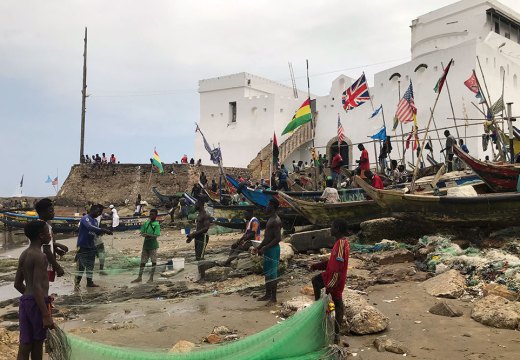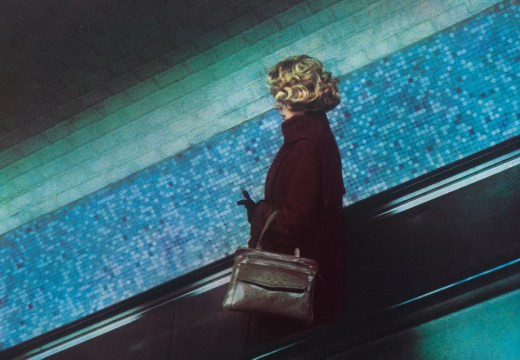The subject of a famous portrait by Diego Velázquez, Pareja was a talented artist in his own right – as attested by this exhibition at the Metropolitan Museum of Art in New York (3 April–16 July). Born near Málaga in 1606, Pareja was an enslaved assistant in Velázquez’s household and workshop for more than two decades; Velázquez freed him in 1650, not long after painting his portrait, which met with acclaim when it was exhibited in the Pantheon in Rome in March that year. Alongside the portrait, the exhibition includes depictions of the Spanish Black and Morisco populations by Francisco de Zurbará, Bartolomé Esteban Murillo and other painters, to examine the social context of slave labour during the Spanish Golden Age. The exhibition culminates with a group of Pareja’s own works – these include biblical subjects depicted at vast scale, such as The Calling of Saint Matthew (1661) in which the artist himself appears in the far left corner. Find out more on the Met’s website.
Preview below | View Apollo’s Art Diary

Juan de Pareja (c. 1608–70) (1650), Diego Velázquez. Photo: © The Metropolitan Museum of Art

Portrait of the Architect José Ratés Dalmau (1660s), Juan de Pareja. Museo de Bellas Artes de Valencia. Photo: Paco Alcántara Benavent; courtesy Museo de Bellas Artes de València

The Calling of Saint Matthew (1661), Juan de Pareja. Photo: © Photographic Archive Museo Nacional del Prado
Unlimited access from just $16 every 3 months
Subscribe to get unlimited and exclusive access to the top art stories, interviews and exhibition reviews.














![Masterpiece [Re]discovery 2022. Photo: Ben Fisher Photography, courtesy of Masterpiece London](http://www.apollo-magazine.com/wp-content/uploads/2022/07/MPL2022_4263.jpg)
Has arts punditry become a perk for politicos?